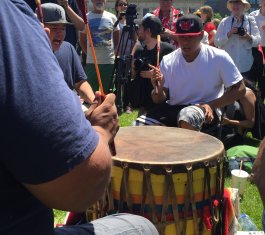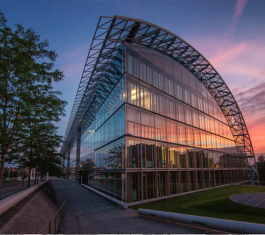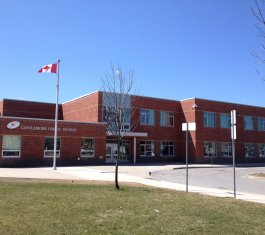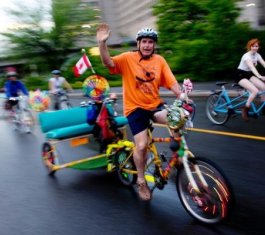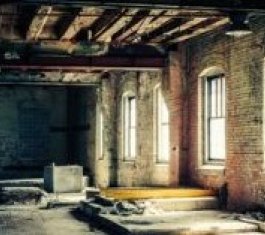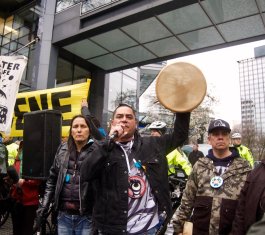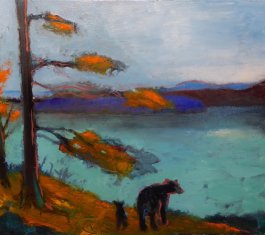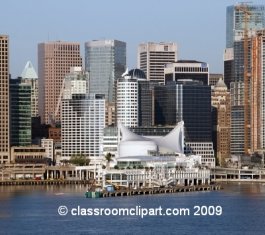Campaign Letter
A Lesson on Urban Trees from Toronto

What do we do about urban trees?
New approaches to the character and quality of urban and suburban life have to include a shift in the landscape of these places. Trees are not merely decorative and disposable, but essential in the long-term health and wellness of communities and their inhabitants.
How to choose the right mix of species for homes, streets, parks, and town squares (such things do exist) is such a random thing or maybe it isn’t. Municipalities select trees based on parameters that include size, growth rate and pattern, and how much mess they make with leaves or fruit. However, the current monocultures that line streets are not normal. The majestic Elms taught us that when they were decimated by Dutch elm disease, but we did it again with ash (currently losing out to Emerald Ash Borer) and Norway Maple (an invasive species). Nor is the habit of planting an entire avenue with trees of all one age sustainable. There must be variety, and there must be monitoring and protection.
For the homeowner, trees create an opportunity to consider the future, but do we? The property we buy is often already treed, and on new lots owners sadly tend to plant growth species only, forgetting that the sapling of today can be a grand thing in years to come. Bad choices have resulted in trees that will never achieve their full splendor, that poorly mesh with infrastructure (like hydro lines or street lighting), or whose proximity to buildings means trimming branches or the unfortunate removal of the entire individual.
Are we awakening to the need for trees and diversity? Recently there is a trend to remove large specimens for fear of damage to infrastructure. For certain, some trees are unstable, unwell, or decades of damage have compromised their health. Hydro workers for one have the task of keeping lines free of entanglement, but they are rarely trained arborists.
Open wounds, poor timing (some trees will weep if cut during the wrong season), or just bad cuts can have implications for tree health years down the road. We need a new cohort of environmentally aware technicians, homeowners that take the long view, and municipal leaders who acknowledge a forest canopy creates a naturally temperature-moderated city.
A recent situation in North York has galvanized Toronto. Saving a massive majestic oak – perhaps the oldest tree in the GTA – has become a rallying point. Ben and Mark Cullen have personally donated $100,000 to preserve this grand arboreous example, and say the City of Toronto will match private funds three-to-one to help “… remediate the soil, tear down the house, and convert the real estate into a park for public use.”
The Save the Red Oak Campaign (http://www.toronto.ca/redoak) is just one example of how to change the way we see trees in our cities. Planting an acorn from this heritage tree in each Canadian city would be another, requiring us to think not just in terms of decades, but much longer.
Recently, urban trees have been in the news in Ottawa because they are under threat – from plans to cut trees to build embassies in Westboro, to a hospital campus expansion that threatens hundreds of trees, and plans from a Hunt Club Rd luxury car dealer to cut a decades-old pine plantation. The City of Ottawa has good urban canopy targets in its proposed New Official Plan but doesn’t seem very interested in protecting the trees we have now, causing many to doubt whether the plan will ever be acted on.
Are there trees in your life and neighbourhood that should be preserved and protected? Are you concerned about Ottawa’s urban tree canopy? Learn more and take action by joining the “Save the Hunt Club Forest” group on Facebook, or writing to your City Councilor about your urban forest concerns.




